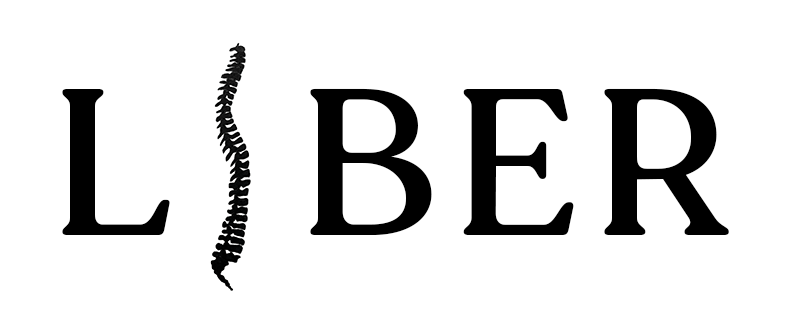OVER CHRISTMAS BREAK, I watched all twenty-four episodes of the anime Parasyte: The Maxim (2014–2015). Big picture, it reframes the relationships of hosts, parasites, and invasive species in perceptive and disturbing ways. Do all living things have a right to life? Is humanity the invasive species of earth? Narratively, Shinichi, age seventeen, is partially infected by a murderous corkscrew cyclops and has to learn to live with “Migi” (his literal right hand, now quite maternal, which has gained sentience and the ability to shapeshift) if he is to live at all. The femme fatale antagonist, Reiko Tamura (another human victim controlled by the parasite), gets pregnant and gives birth to a human baby with all the familiar, parasitic qualities of infants. In Parasyte, the sole objective of any life form is to survive until it’s found a way to reproduce or to bond.
In this issue, we explore the creativity that comes from being desperate to survive. There is a ritual to reconnect after an abortion leaves one member abandoned in the sacrifice. For a cathartic counter- narrative to our present nightmare of life without reproductive freedom but with guns, Adam Carston revisits a 1970s parental horror flick in which a new- born embarks on a killing spree. (The tag: “There is only one thing wrong with the Davis baby. It’s alive!”) Senior editor Charis Caputo questions the wisdom of using selfhood (self-esteem, self-consciousness, self-awareness, self-disclosure) as the route to, well, anything.
Many of the pieces here reflect a survival instinct of grasping on to something, not necessarily under- standing it yet, fumbling to devise a way through to something unknown. Maybe that describes LIBER’s origin story too. “There used to be a lot more fem- inist magazines out there, but there are still lots of feminists!” was how Katha put it when we decided to produce a feminist print magazine. “We believe there’s a need for a wide-ranging literary magazine that puts feminist issues, writers, and reviewers front and center.”
We published the first issue of LIBER: A Feminist Review in March 2022 with a mission to highlight the crucial role of writing and publishing in feminist/activist/movement-making. We threw it out there without real funding or strategic planning to build an audience. Some people didn’t like it (“Honestly . . . a bit boring. It felt like old news”) or liked it for their own perverse reasons (“My favorites were the unexpected—even kind of embarrassingly ‘wrong’—parts . . . like Mindy Aloff’s review of La Nijinska belonged in the Ballet Review[1], not in a feminist publication”), but by late summer, Poets & Writers had recommended LIBER as “What to Read Now,” and Books Are Magic (which carries just two magazine) stocked it. Mean- while, enthusiasm rolled in from readers:
“Honestly, I have been entranced by the depth of writing and the mix of pieces”
“. . . such a lovely, thought-provoking magazine . . . LIBER sits in a revered spot on my shelf, between a Hambur- glar bobblehead and an LP of Plantasia.”
“I was late with my grades because I was reading LIBER. I literally got lost in it. I don’t mean to sound flabbergast- ed, but . . . Catharine Stimpson? Molly Peacock? Anne Carson? Phyllis Nagy? Chris Kraus?”
So, despite the headwinds of 2023 (an enormous spike in censorship[2], magazines dropping like flies[3], daily layoffs in media, a “free” bot that can generate five hundred words about, say, the crucial role of “writing and publishing to the feminist movement” in seconds[4]), we created Volume 2.
The feminism in LIBER is not a set of opinions or issues. It is a way of finding out and creating space for women through writing, risking new thinking even if it might not be the last word. To do this, we mainly use the ancient technology of our brains and writ- ing, just like Enheduana did thousands of years ago, when she became the first known author to sign her work (see Cynthia Payne’s review of She Who Wrote at the Morgan Library and Museum).
We want readers, but LIBER isn’t pandering for influence. No need to be viral or easily digestible or bait. This reading material is material. It’s tangible, sometimes handmade (see the Egocircus Collective’s artwork at the end of the issue), and hefty. You could tear out the portraits on pages 33 and 34 to adorn your room.
Perhaps LIBER can be a place where we can apply the vantage point, value system, and knowledge generated by feminists and feminisms to engage in difficult thinking, the kind where you feel hugely aware of how little you know, yet invigorated, ready to shrug off the cozy Slanket of ignorance.
—Jennifer Baumgardner
[1] RIP Ballet Review, 1965–2020.
[2] The alarming spike in censorship of books in school districts across the country over the past nine months, with 1,586 book bans and restrictions in eighty-six school districts across twenty-six states, targeting some 1,145 unique book titles.
[3] “Astra House Shuts its Literary Magazine” (Publishers Weekly, 11/29/22).
[4] ChatGPT was downloaded by more than a million people in its first week.

